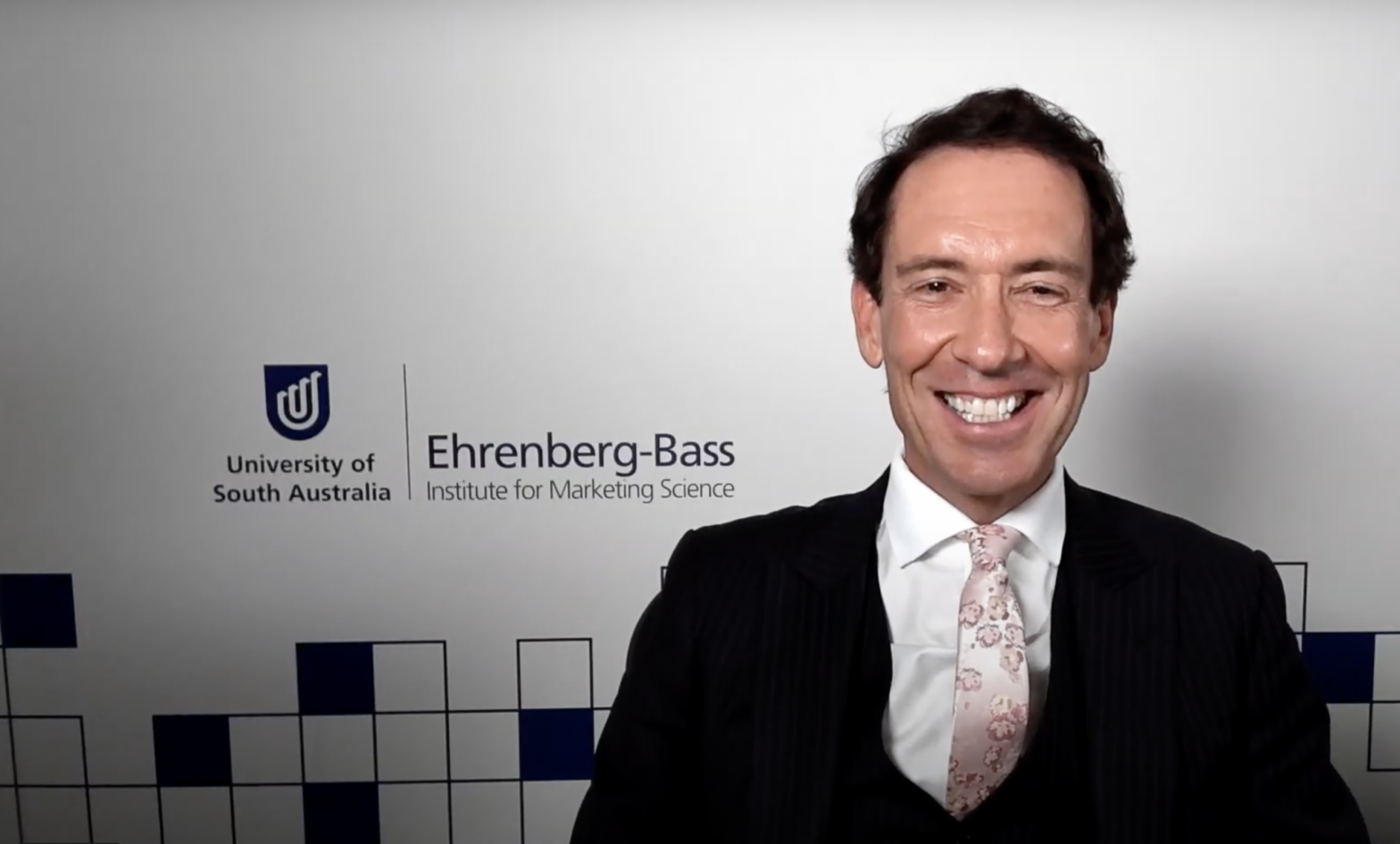The book How Brands Grow came out about a decade ago, but people in the advertising business are still benefiting from it and still asking its author, Byron Sharp, for details. "The book addresses the basic rules of how brands compete and how customers buy. It's like the laws of physics, and they haven't changed even with the advent of digital technology," explained Ehrenberg-Bass Institute head and marketing professor Sharp on the World Federation of Awarding Organizations' (WFA) Better Marketing Pod podcast. "I think in another ten years, I'll still be answering questions like this, because there are still badly entrenched practices that need to be changed, and there's still more to discover," he added.
Podcast host David Wheldon, who received the Order of the British Empire for services to advertising and marketing during his thirty-five-year career this year, was interested in the biggest myths and misconceptions that still prevail in marketing.
"The biggest problem in marketing is a misunderstanding of what advertising is and how it works. Just using the term 'search advertising' is wrong. If someone searches for something on the internet, it's as if they are already standing at the shelf in a store, then it's promoting product sales, not advertising,"
Sharp responded.
The misunderstanding, he said, stems from a long-standing perception of advertising as changing people's attitudes with the help of persuasive sales-agent-style arguments, something the industry will struggle with for years to come. "People still think advertising will help instantly increase sales and move market share. When they get frustrated that change isn't coming, they throw money at modeling the marketing mix. That's nonsense," Sharp said.
According to Sharp's discussion with Wheldon, one of the fundamental pillars of business growth is the duel of mental and physical brand availability, which must overlap. So it is a mistake for marketing budgets to try not to waste money on brand building and reaching customers who are unlikely to buy their product.
"But with that approach, you won't get new customers and your business will shrink. You can only think that you'll achieve growth by offloading existing and loyal customers, 'cross-selling' and the like," said Sharp, adding that businesses quite often make the mistake of not knowing how to use their own data.
He cited the example of banks trying to increase customer loyalty by increasing customer satisfaction, even though their own data shows that this has no impact on customer loyalty. Or the example of surprised retailers whose checkout data shows that roughly half of their purchases are six items or less, but they focus on making their baskets as full as possible.
"This is one reason why myths persist in marketing. Another is when no one dares to challenge the views of senior people who use the myths," Sharp said on the WFA podcast, adding some advice that marketers can use to help themselves, "Work from demonstrable evidence and data. With them, you'll be able to show the effects of branding and marketing. Don't try to take credit for revenue growth, all departments in the company are trying to do that."
Source: mam.cz

